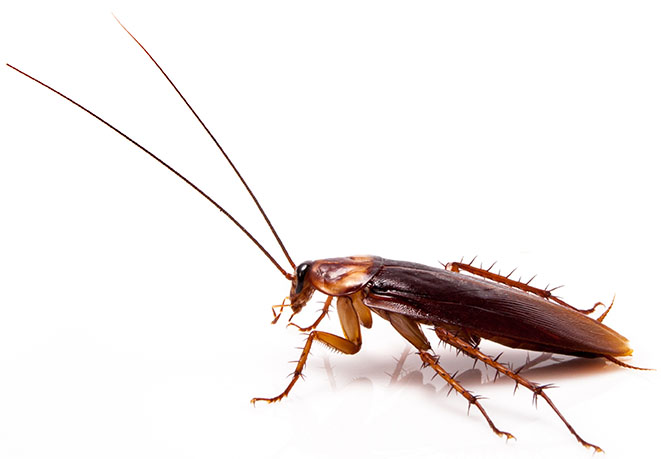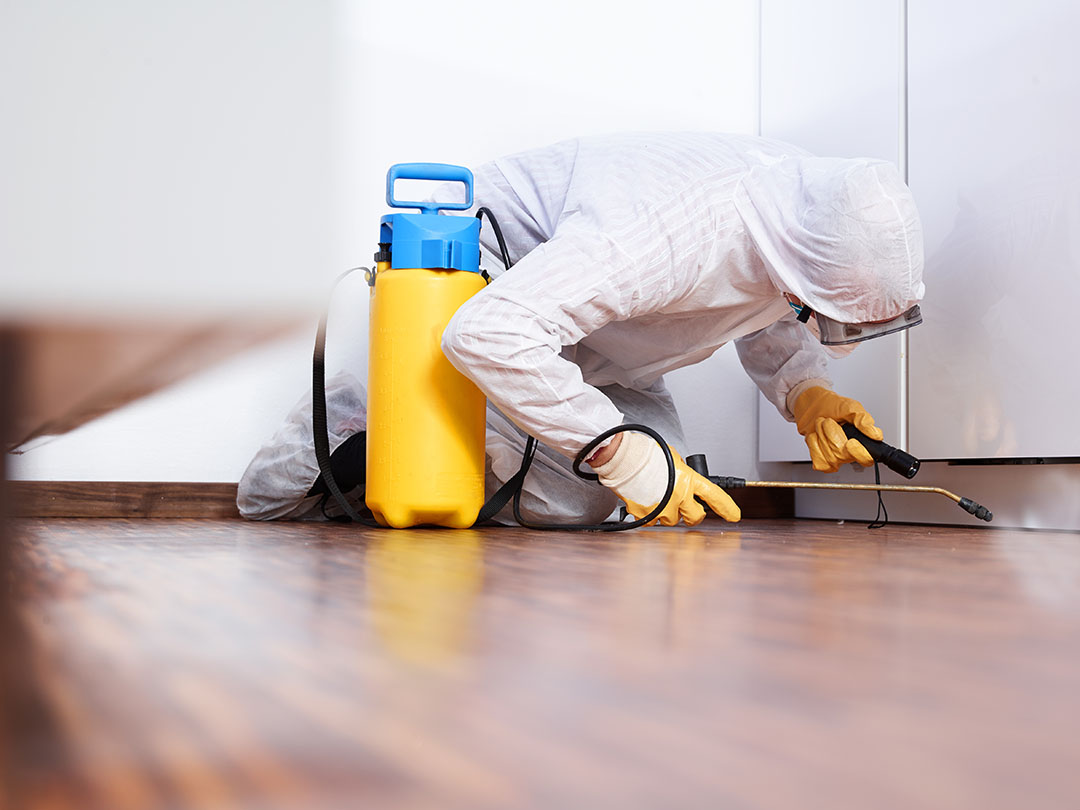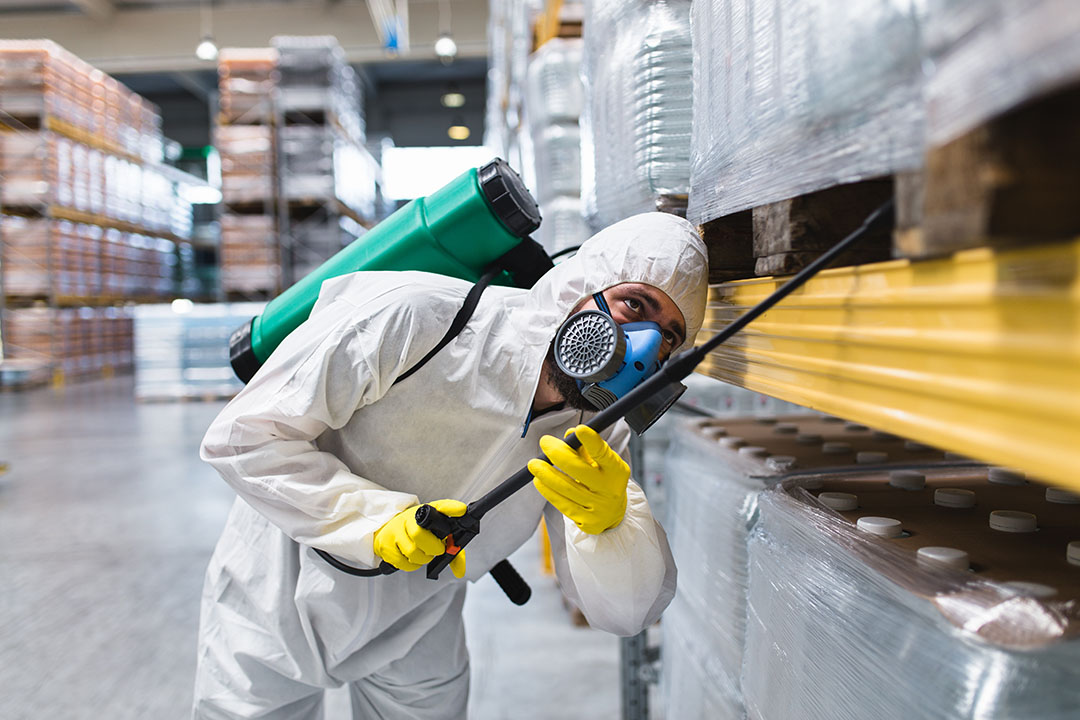Pests are naturally drawn to food manufacturing and processing plants. Common pests in and around these facilities include rodents, flies, cockroaches, beetles, spiders, and birds. They can compromise the cleanliness of an otherwise sanitary facility because they can transmit disease and track bacteria—including Listeria and Salmonella—from raw ingredient areas to ready-to-eat areas.
Pest Prevention

Detecting Pests
Early detection is key in combating infestations. If you suspect that you have pests, look for:
Rodents-
- Droppings and urine
- Bite marks on products, packaging, and structures
- Tracks
- Loose fur
- Smears from body oil
- Visual sighting
Insects:-
- Damaged food products
- Larvae or pupae on food storage bins or equipment
- Visual sighting
Birds-
- Droppings
- Noise
- Nests
- Visual sighting
To adequately counter pests in your facility, you need to know exactly what you’re fighting. It’s not enough to know that you have cockroaches; you should set traps to capture samples so that pest control experts can determine the exact breed that is present and adjust their response accordingly.
Combating Pests

You can also alter your facility to make it less pest-friendly. Consider installing rubberized roofing and wires, nets, or needle strips to prevent birds from roosting on your facility’s roof. Gravel trenches and strips surrounding your facility can prevent rodents from running across or burrowing into the facility. Outdoor sodium vapor lighting attracts fewer insects than traditional mercury lighting.
Summary
Preventative measures keep pests from entering your facility and infestations from growing out of control. All employees in your facility should be trained on your specific pest control plan, and all proper cleaning and sanitizing procedures. If pests are detected, you can use traps, pesticides, and facility controls like gravel trenches and bird needle strips to control the infestation.
For further information, see the following links:
- 7 Steps to an Effective Pest Management Program
- Food Manufacturing Processing and Storage Pest Control
- 2016 Pest Management Standards for Food Processing and Handling Facilities
SafetySkills covers these topics and more in our Pest Control in Food Manufacturing course. For more information, click here.
Interested in our Food Safety Courses? Schedule a free demo!


